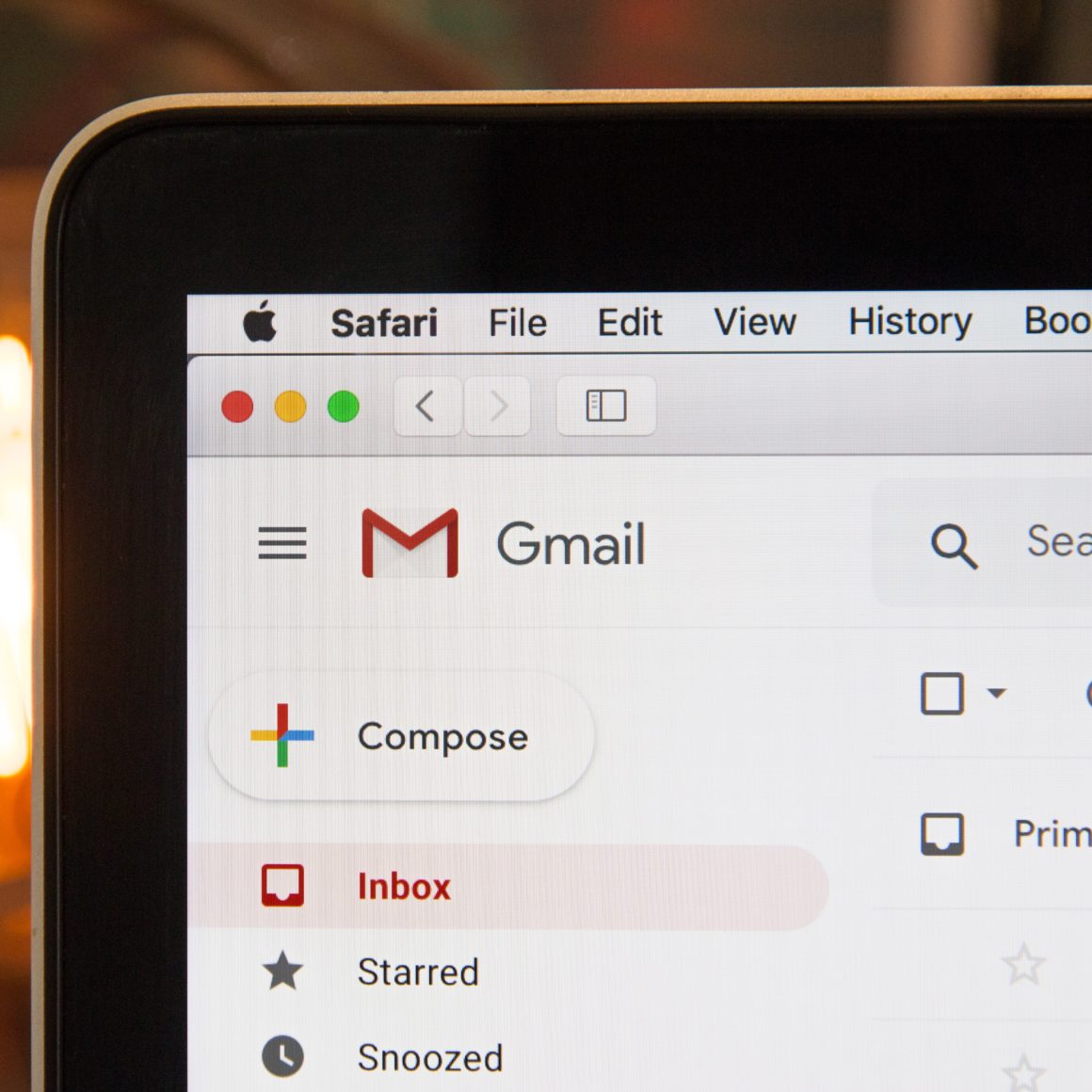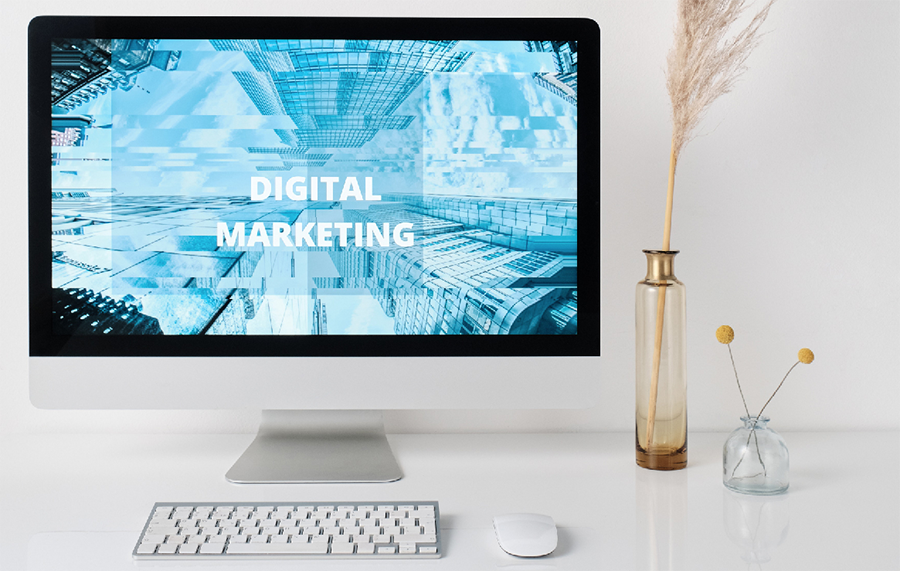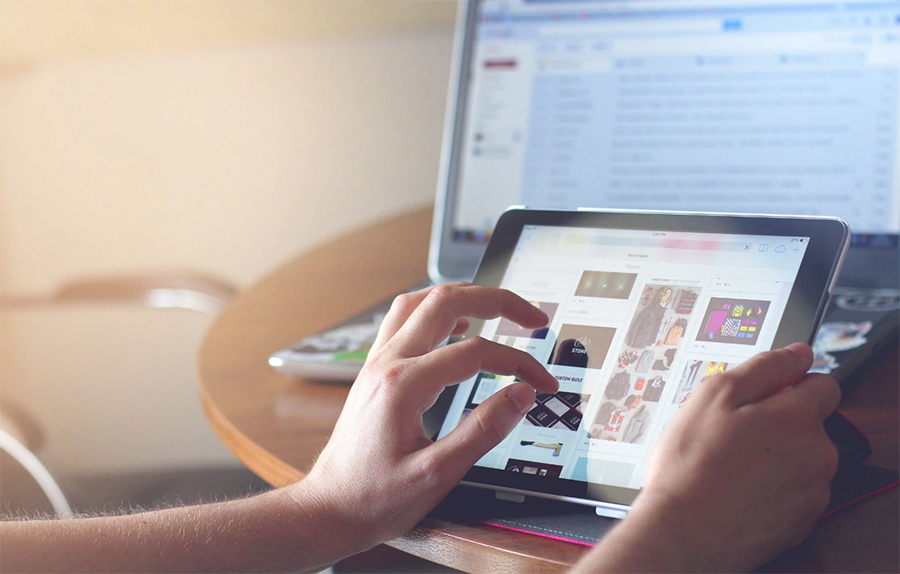
In marketing, AI can improve various processes. It can be used to target potential customers and respond to feedback from existing ones.
AI first started being used in the 2000s. However, it was on a small scale. Only recently has it taken hold as a marketing tool. Today, thanks to the development of more powerful algorithms combined with improvements in data processing capabilities, AI is becoming a much more sophisticated, effective, mainstream marketing tool.
As technology has grown, the role of AI in marketing has become much more prominent. Now, AI is capable of performing repetitive tasks automatically, making it beneficial in creating stronger marketing campaigns at a much faster pace.
The Benefits of Artificial Intelligence in Marketing
AI makes it easier to personalize a company’s marketing efforts by analyzing vast amounts of data quickly. Such information helps generate customer-tailored experiences and messaging.
AI increases the output of valuable marketing efforts by performing jobs that would have previously taken up valuable user hours. Naturally, this frees up employees to perform other tasks.
AI’s capability to process such large amounts of data quickly and accurately makes it an ideal tool for optimizing decision-making. By analyzing a customer’s past behaviors and preferences, and using that information to make informed predictions about that customer’s shopping habits, it can provide customized recommendations and deliver relevant content.
All of this leads to greater customer satisfaction and continued loyalty, demonstrating that Artificial Intelligence is a useful marketing tool, which will continue to benefit both businesses and their customers now and in the future.
AI-Driven Marketing Techniques
AI relies on data rather than opinion. This provides an easy way to understand complex data about customers, including their preferences and habits. Using AI may also help highlight emerging trends within a business or industry.
All of these concepts can be challenging for humans to comprehend and interpret accurately, but AI can grasp these ideas in mere seconds.
Marketing techniques that are driven by AI make it possible for businesses to leverage large amounts of data and gain a deeper understanding of each customer. They can then use that information to target marketing efforts more productively with personalized messaging. This also results in better customer satisfaction because there is greater anticipation of a customer’s future needs, trends, and behaviors.
Let’s Chat About It
One of the most commonly used forms of Artificial intelligence is the AI chatbot. This is a software program that simulates conversations with human users in order to provide customer support or information.
The benefits of AI chatbots in marketing are These chatbots provide benefits like improved customer engagement, 24/7 availability, and cost savings, to name a few. However, there are some drawbacks.
Despite the impressive tech, there is still a possibility of communication errors, and regular maintenance and updates are essential. Additionally, AI takes away the personal touch that many customers prefer over automation.
Content Creation
AI manages tasks such as writing, editing, and optimizing content created for better search engine rankings, with the goal of creating high-quality content that meets user intent and adds value to their search results.
Voice Search Optimization
AI voice search optimization makes it easier to find relevant content using natural language queries, but it also requires a different approach to SEO and content creation to ensure visibility and relevance.
To optimize for an AI voice search, businesses should focus on creating conversational, long-tail keywords, providing succinct answers to frequently asked questions, and ensuring that their content is mobile-friendly and easy to access.
AI and Social Media
AI benefits social media management by improving its performance and accuracy, but one possible drawback is the fact that it lacks both the nuanced understanding and empathy needed for honest and beneficial communication with customers.
The Right Balance
The challenge with AI lies in finding the right balance between automation and the needed human touch. Using AI poses potential data privacy and security risks, as sensitive customer information is continually collected and analyzed.
However, marketing businesses can balance and negate this by prioritizing ethical data practices and cybersecurity measures. Implementing robust data protection policies, training employees on data privacy and best practices, and staying up to date on regulatory requirements is a great start!
Such methodology can be financially rewarding. Integrating AI with other marketing strategies can enhance a company’s profit margin by giving businesses a better understanding of their customer’s behaviors, leading to more successful marketing efforts.
More Advanced AI Systems
There isn’t simply one form of AI. It’s becoming a vast network many people are already engaging with, and they may not even be aware of it. Some commonly used forms of AI include:
- Chatbots: These use natural language processing to engage with customers and provide specific recommendations.
- Salesforce: This is a customer relationship management platform using AI to make improvements to sales and marketing processes.
- Adobe Sensei: This AI framework powers Adobe’s creative and marketing products.
Ethical Consideration in Marketing Using AI
Businesses using AI in marketing must prioritize ethical considerations such as safeguarding privacy, avoiding bias, and respecting consumer autonomy.
While AI can perform certain creative tasks, it lacks the ingrained humanity needed for true creativity to flourish. So, AI is unlikely to replace creatives, and it’s more likely to enhance their work in the future.
Future of AI In Marketing
As technology continues to evolve, the AI future looks promising. Advancements in automation, personalization, and data analysis offer businesses new opportunities to connect with customers.
No Fear In Artificial Intelligence
AI is simply a set of tools designed to enhance human capabilities while improving productivity and solving complex problems.
With the proper solutions in place, AI is poised to be of great benefit to the marketing world. Hesitation over this new technology is natural and understandable, but a responsible marketing agency can use it to benefit every client in a meaningful way.








